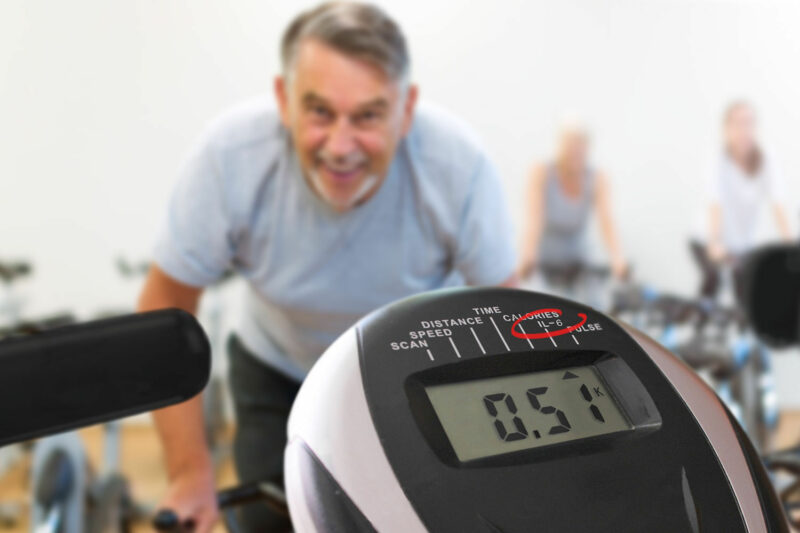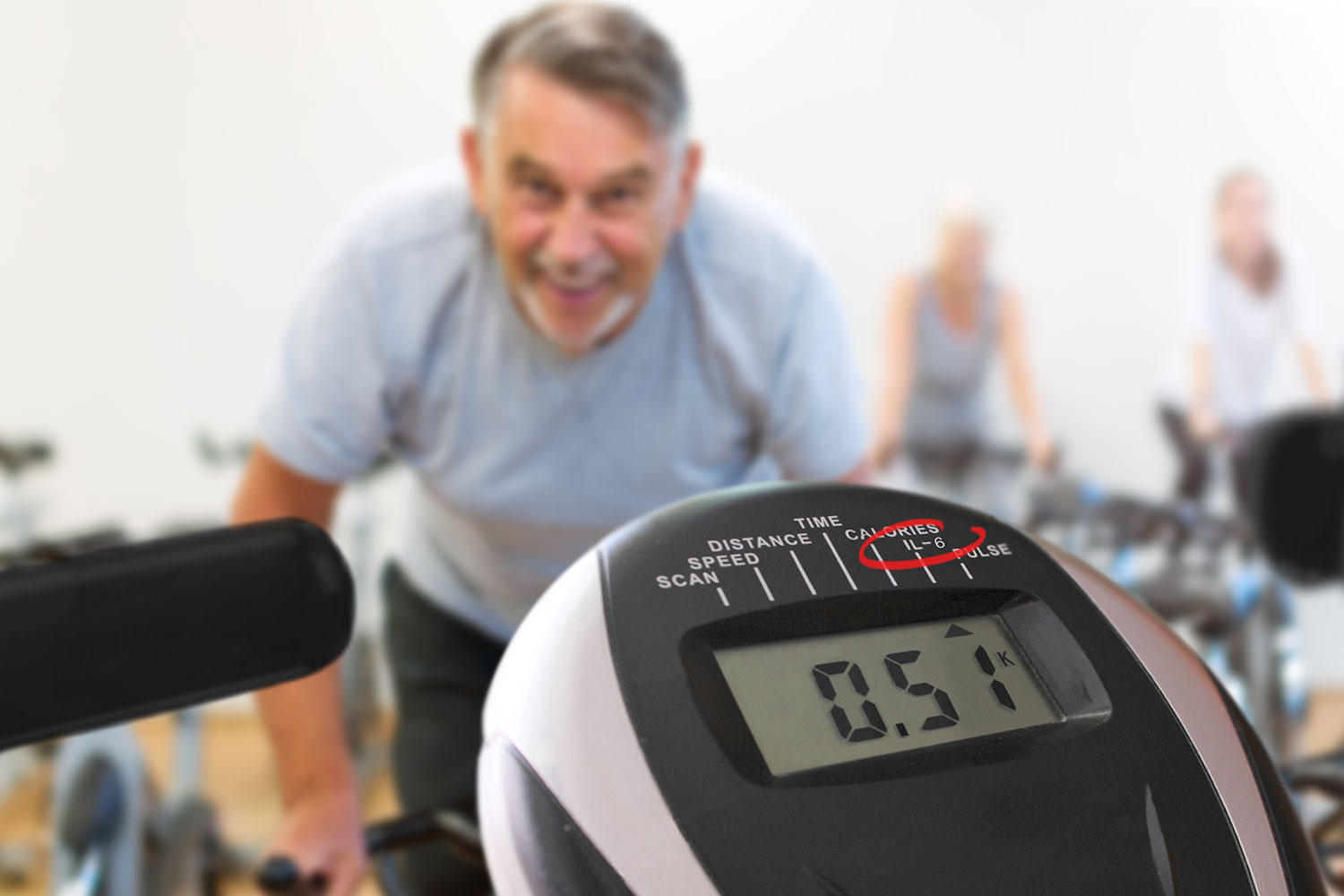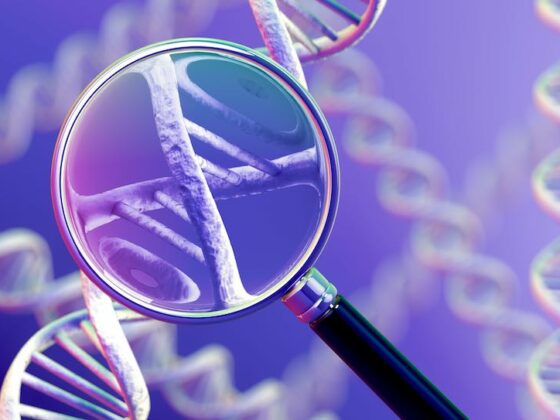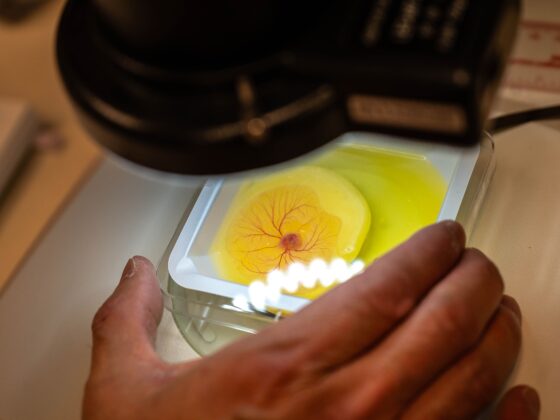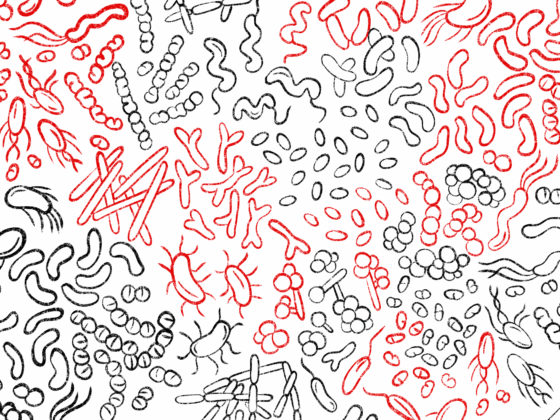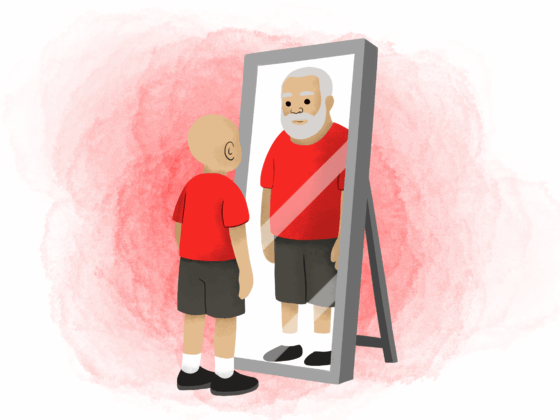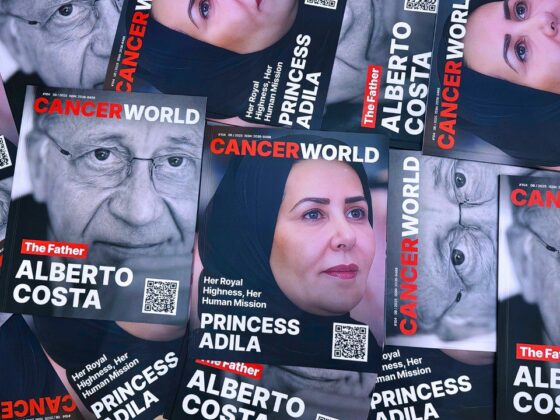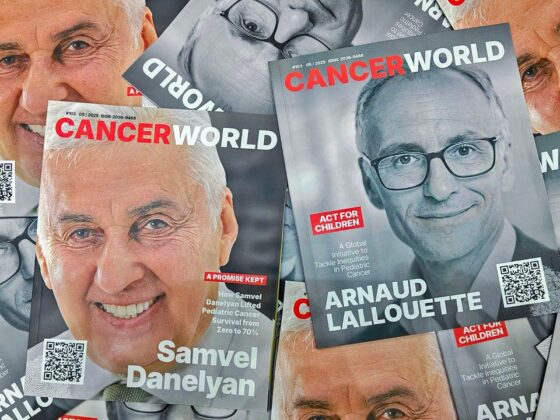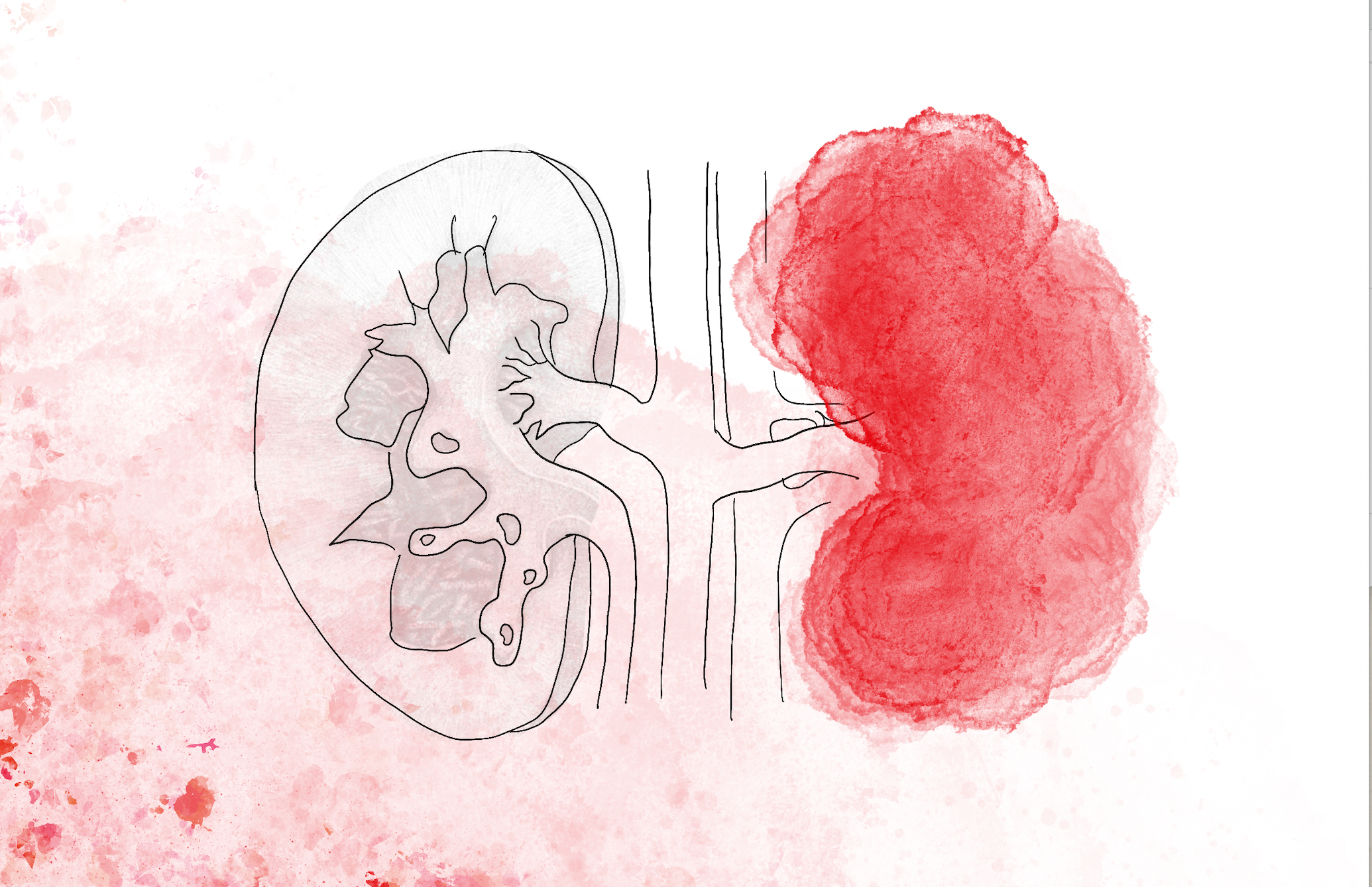Interleukin-6 (IL-6) molecules released into the systemic circulation during exercise elicit biological effects limiting colon cancer cell proliferation. The UK study, published in International Journal of Cancer, 7 April, provides a potential mechanism of action explaining how regular physical activity reduces the risk of colon cancer.
“Our findings are really exciting because they reveal a newly identified mechanism [IL-6] underlying how physical activity reduces colon cancer risk that’s not dependent on weight loss,” says corresponding author, Samuel Orange from University of Newcastle, UK. “This has really important health implications because focusing on exercising regularly (a behaviour) rather than weight management (an outcome) may be more conducive to promoting risk-reducing behavioural change.”
While epidemiological evidence shows regular physical activity is associated with reduced risk of colon cancer, there has been poor understanding of the underlying mechanisms involved. Furthermore, after a diagnosis of colon cancer, physical activity has been shown to be associated with a decreased risk of both cancer-specific mortality and recurrence.
In the current proof-of-principle study, investigators from Newcastle University and York St John University set out to improve understanding of the precise signalling molecules and pathways driving the growth inhibitory effects of exercise. Between August 2019 and February 2020, 16 men were recruited to the study, who were all aged 50 to 80 with lifestyle risk factors for colorectal cancer, including body mass index ≥25 kg/m2 and not being physically active (defined as not engaged in at least 30 minutes of moderate-to-vigorous-intensity physical activity on at least three days a week for the last three months).
After providing an initial blood sample, participants cycled on indoor bikes for a total of 30 minutes (moderate intensity, 6×5-minute intervals at 60% heart rate reserve), with a second blood sample taken as soon as they stopped exercising. As a control, on a separate day investigators took further blood samples before and after participants had rested for 30 minutes. The team added the blood samples to a human colon cancer cell line (LoVo, RRID: CVCL 0399) in the laboratory and monitored cell growth over 48 hours. Next, tests were undertaken to see how exercise affected serum concentrations of seven cytokines/myokines – IL-6, IL-8, IL-10, tumour necrosis factor-alpha, irisin, osteonectin and oncostatin M. The investigators also examined changes in intracellular signalling pathways after exposure to exercise serum.
To ensure consistency, all participants consumed the same meal two to five hours prior to laboratory visits and avoided physical activity and alcohol intake for at least 24 hours and caffeine intake for at least 12 hours prior to exercise sessions.
Results showed stimulating LoVo cells with serum obtained immediately following exercise reduces cancer cell proliferation in comparison to serum taken at rest (‒5.7%; P=0.002). This was accompanied by a decrease in LoVo cell γ-H2AX expression (‒ 24.6%; P=0.029). The significance of γ-H2AX expression is that it represents a marker of DNA damage, with reduced levels indicating reduced DNA damage.
Serum IL-6 increased from pre- to post-exercise (24.6%; 95%CI 11.2‒37.9%; P=0.002). There was no evidence of an effect for exercise on serum IL-8, TNF-α, osteonectin, or oncostatin (all P>0.05), while IL-10 and irisin were undetectable in serum samples. Finally, directly stimulating LoVo cells with recombinant IL-6 reduced γ-H2AX expression (β=‒22.7%; P<0.001) and cell proliferation (β=‒5.3%; P<0.001) in a dose-dependent manner, mimicking effects of exercise.
“Our findings suggest that IL-6 – when released by contracting muscles during exercise – may protect against bowel cancer by reducing the extent of DNA damage in cancer cells,” explains Orange. Damage to DNA, he adds, drives the early stages of cancer progression because it makes a cell genetically unstable, “meaning the cell is more likely to acquire genetic mutations favouring cancer development”.
The authors acknowledge that the current findings could appear to contrast with previous studies showing IL-6 to be associated with inflammation and cancer progression, suggesting that IL-6 may play a dual role in cancer growth. “During an acute exercise bout, IL-6 is produced transiently by muscle cells leading to sharp increases in the blood that quickly fall back down again after exercise has finished. Whereas in inflammation, IL-6 is constantly produced by adipose tissue and immune cells, leading to chronically elevated levels at rest,” explains Orange. “Although it is the same IL-6 molecule, different sources and lengths of exposure may affect receptor binding and subsequent intracellular signalling leading to different effects on cancer cell growth.”
Such a dual effects theory, resulting from different lengths of exposure, is supported by a 2007 study showing that prostate cancer cells exposed acutely to IL-6 showed reduced growth, while those exposed chronically showed increased growth.
Ultimately, understanding these mechanisms could lead to development of pharmacological approaches mimicking the health benefits of exercise. “Because exercise impacts so many diverse signalling molecules and hormones, administration of IL-6 alone, or any other single molecule, is unlikely to mimic all the benefits that exercise brings in cancer prevention. Gathering more information on exactly how IL-6 repairs DNA in bowel cancer cells may be the best approach to aid drug development. Better understanding of the underlying mechanisms may identify specific intracellular signalling pathways that could be targeted by drugs,” explains Orange.
Next, the team plan to explore whether exercise reduces the growth of pre-cancerous colon lesions (adenoma polyps) and whether exercise reduces initial formation of DNA damage or if it repairs DNA damage that has already occurred. Future plans are to compare the impact of exercise intensity (moderate intensity vs. high-intensity) and exercise type (aerobic vs. weight training) on colon cancer progression. “This will require a coordinated effort of epidemiological, translational, and clinical research studies, but could ultimately help determine the most effective form of exercise for preventing colon cancer,” says Orange. The results, he adds, could be used to inform guidelines for optimal exercise doses needed for colon cancer prevention.
But it is not just colon cancer risk that can be reduced by leading a more active lifestyle. Clear links exist between higher exercise levels and a lower risk of developing other cancers, such as cancers of the breast and endometrium. “The vast majority of human cancers are characterised by genetic instability, and because DNA damage is a key driving factor behind genetic instability, reduction in DNA damage resulting from regular exercise could help reduce the progression of several cancer types,” says Orange. “However, cancer genotypes vary between different cancers (and even within the same tumour) so exercise is likely to have a distinct impact on the biochemical and physiological properties of different cancers.”

